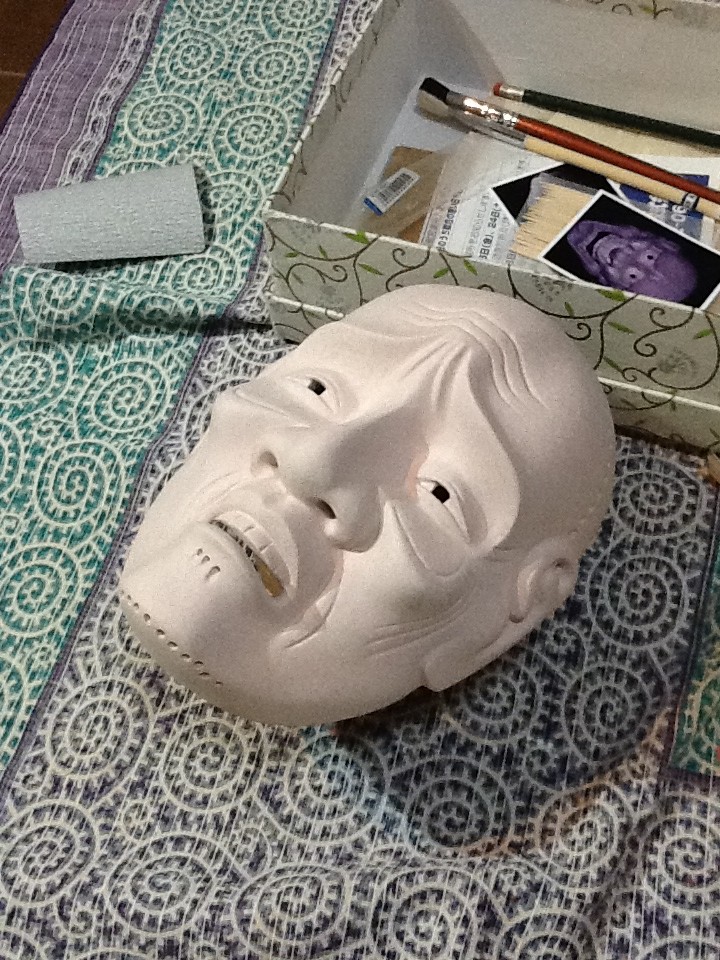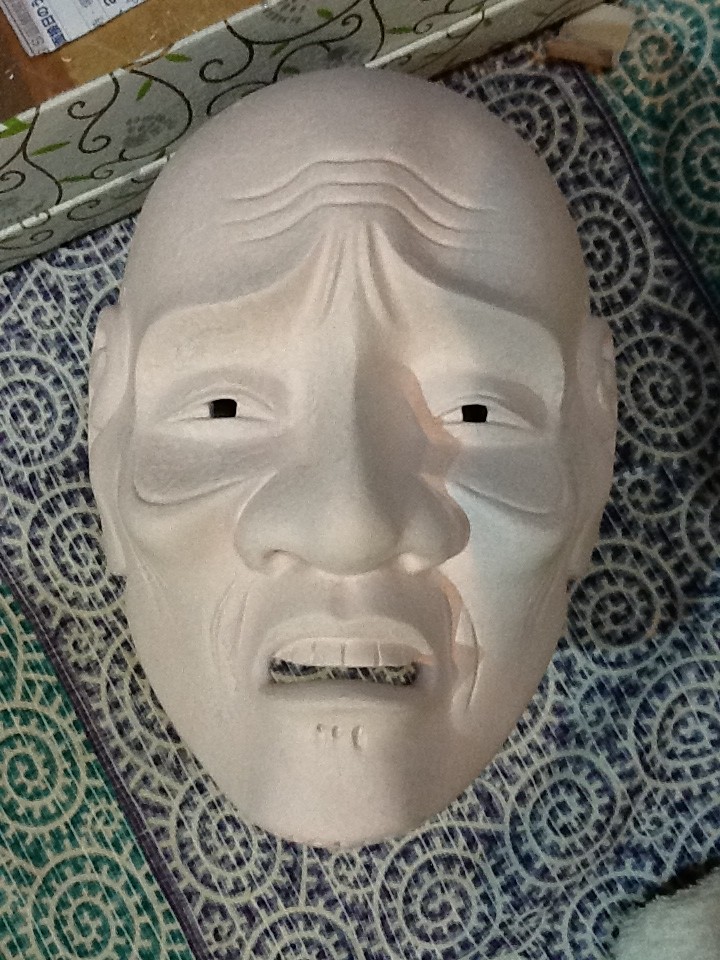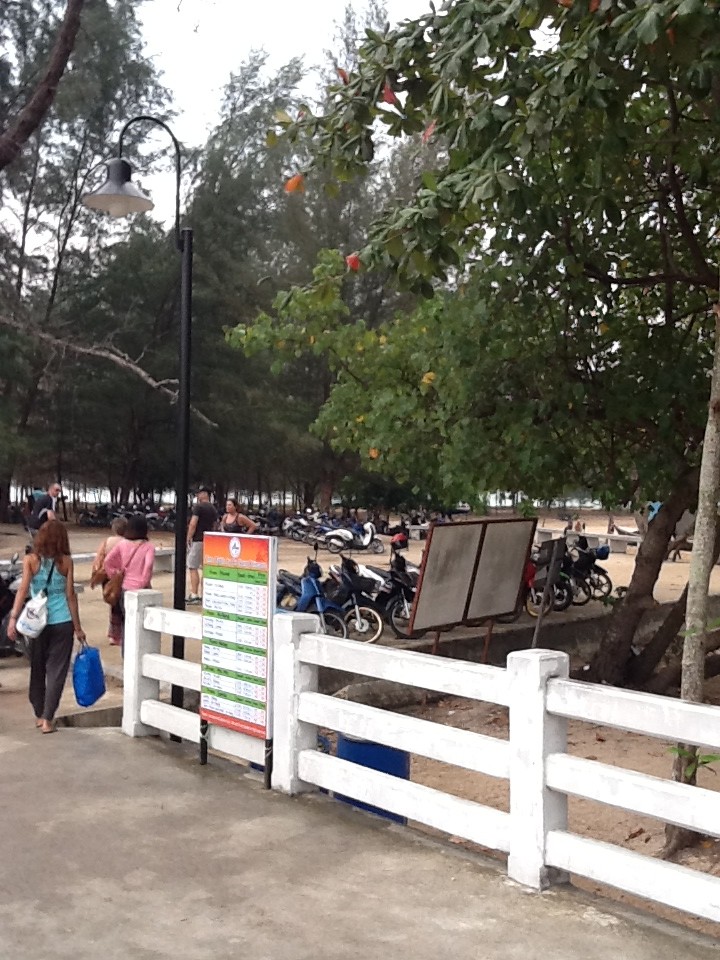A sampling platter of some recent happenings and thoughts:
Bowling observations: Considering how technical Japanese culture tends to be in terms of refining skills and crafts, bowling seems to be an anomaly here. It’s the most chaotic, instinct-based activity I’ve seen in Japan. My score was notably affected by the distractions in the lanes on both sides of me last Friday. I counted, in those two lanes, five times that the bowlers went airborne/slipped and landed on their backs in the lanes and gutters. Lane violations don’t seem to have any meaning in social Japanese bowling, and finger-holes are used by a minority of young bowlers. The average bowling technique reminds me of shot-put, and, at times, the moods in the bowling groups I see remind me of overzealous fans’ NFL parties in the US (or of Hulk Hogan WWE entrances when anyone scores a strike). Some of the young bowlers seem pretty accurate with their shots, but their form seems completely unrefined, meaning completely un-Japanese.
The opposite of bowling in Japan: Parking in Japan. In contrast to bowling, parking in Japan seems almost purely technical. I estimate that 95% of cars here are always parked in reverse. Most of the time I see people use almost identical technique to do it. It involves four steps: 1) drive past the parking spot 2) back in with one turn 3) pull back out of the space 4) back in again while watching the distance between the wheels and parking spot boundaries in the side mirror. I have only backed into one space while in Japan, and sometimes I feel annoyed when I’m driving behind a car that begins to park because I already know I have to wait for steps 2-4 to be completed before I can start driving again. Drivers here tend to be extraordinarily meticulous about their parking. Sometimes passengers in my car are really surprised when I park forwards and don’t destroy any cars or kill anyone. One of my friends here told me I parked like James Bond. All I did was drive in forwards.
Scootering in Thailand: Last month in Thailand, I decided to go to the zoo with a girl I met (2 hours each way via highway on my newly rented motor scooter). Based on my skill set and the driving conditions there, I most likely would have died if I had driven, so I was on the back. It was embarrassing, but I handled it well. Mid-highway, the girl driving tossed me a bottle of sunscreen and told me to put it on. It was somewhat endearing that she was worried about me burning. However, we were approaching 60 MPH on a highway full of non-lane-abiding swarms of bikes, and my two-handed grip on the sides of the seat was the only thing keeping me on the bike as she cut in front of cars and broke all the rules for how rotaries are supposed to work. Letting go seemed stupid. Getting grease on my hands seemed stupider. I quickly gave the sunscreen back. After that, it didn’t surprise me when she mentioned halfway through the two-hour ride that she didn’t have a driver’s license. When she told me we could be arrested if we were pulled over, I explained to her that I was 100% unwilling to go to jail Thailand, and she needed to form a contingency plan. My interest in their legal system doesn’t extend past discussing it in theory, and doing so from a distance. Badmouthing the king in Thailand, for example, is punishable by death. I was annoyed by my situation.
Kenji: My Japanese tutor’s husband, Kenji, hand-carves wooden Noh Play masks in his free time. There might be a lot of history behind Noh Plays that I could learn and write about, but what is more interesting to me is his process of creating them. Each mask begins as a block of wood and takes about 12 months to complete. He showed me some of his work – I think he said he’s made ten or 12 of them. Hobbies here often seem to be honed to a really impressive degree. Americans seem to be pretty good at a lot of things. Japanese people seem to be excellent at a few things.
Health care: I took my first trip to a health clinic in Japan recently. Here, the health care system is universal. When I was in the clinic, I wondered if this is the type of system the US is headed toward. There are clinics all over the country that any person can walk into whenever they have an issue. No appointment is needed. My wait was about 20 minutes. It’s a convenient system, and everyone can use it: both pluses. It also seems cheap; I pay for health insurance through withdrawals from my paychecks each month, and for the check-up itself, I paid about $20. I asked Emi how doctors keep track of personal history and follow issues. She said they don’t, but sometimes you can seek out the same doctor by going to the same clinic each time. I view this as a big negative – the default is not personalized or history-based care. Emi told me there is no electronic data base with any sort of history for new doctors to view. If this is incorrect, please blame her as my source of information. I’ve only used the system once, so I don’t have much of an experienced-based opinion yet in terms of how well it works.
Photos: The first three photos below are of Kenji’s mask making process. The block of wood is the one he will use to make his next mask. The mask photographed is his current project – it’s about 75% complete. The next photos are from Thailand. These are the only photos I took on my trip. https://concordnanae.org/1442/They were taken from a ferry I took between Krabi Town and Phuket and from the dock we arrived at in Phuket. I only took my iPad out of my bag for photos once because I didn’t want it to be stolen.
-Nick







